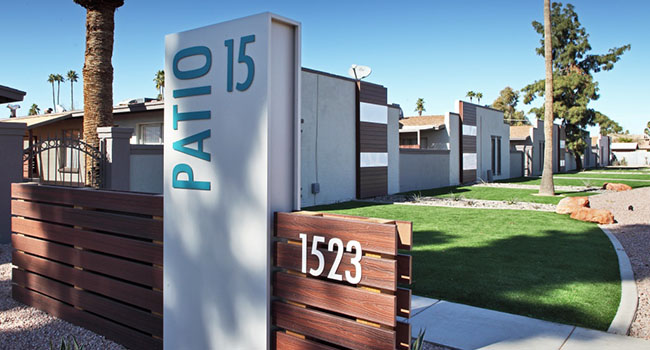Colliers International in Greater Phoenix released its third quarter 2016 Multifamily Statistics, which report that market conditions strengthened in the past three months, decreasing vacancy and pushing rents higher.
This decrease in vacancy occurred during a period when developers brought new units to the market, showing how strong demand is in this Southwest city, according to the Colliers International report.

City-wide vacancy dropped to 5.7 percent at the end of the quarter, marking a full two years that the rate has been below 6 percent. This strong demand and low vacancy has occurred in most submarkets of Greater Phoenix. The vacancy rate is well below this market’s long-term average. New projects are being added in key, popular markets such as Tempe, Scottsdale and Downtown Phoenix. Demand is robust in these areas so new units are being absorbed as quickly as they are completed.
Rental rates are rising with a 7 percent increase in the past year to an average of $928 per month. These rate escalations are expected to continue through the end of 2016. Lease renewals are experiencing a rate increase and new construction of more expensive units is pushing the overall market average higher.
Investment activity slowed during the third quarter, but maintains a pace well ahead of 2016. Prices are higher than 2015 figures and cap rates have remained relatively flat. Improvement in property fundamentals is expanding the base of properties that appeal to investors. During third quarter, more Class B and Class C properties changed hands than in previous quarters. Sale prices dropped slightly in the past three months, but the median sales price for 2016 is considerably higher than 2015.
The Greater Phoenix multifamily market is forecast to continue its strong performance well into 2017. After more than six years of improvement, the local vacancy rate is predicted to level off in the sub-six percent range for the next 12-18 months.
New development will continue through 2017 and into 2018, with projected job growth providing sufficient demand for the new inventory. Construction of single family homes has been limited and renters are not trending towards homeownership.
This will reinforce demand for rental units and provide more impetus for rent increases. Greater Phoenix has remained a strong investment market, successfully integrating the new construction of the past 36 months. Investors have witnessed Phoenix’s performance in this growth cycle and are even more attracted to the city because of its stable absorption of new developments. The heightened investor demand, strength of property performance and available financing all will support continued growth in this multifamily sector.




